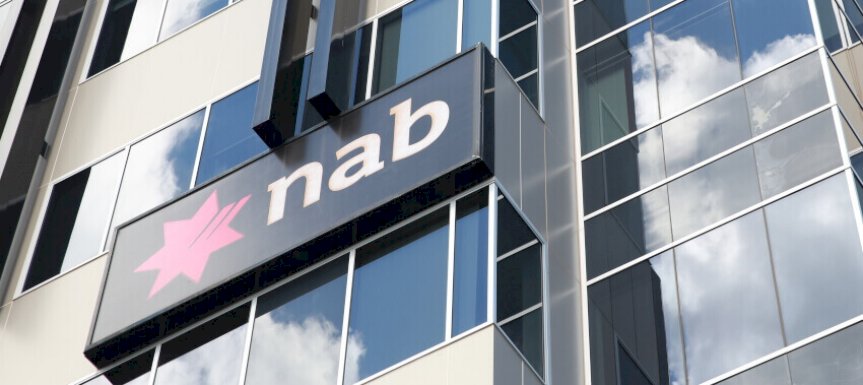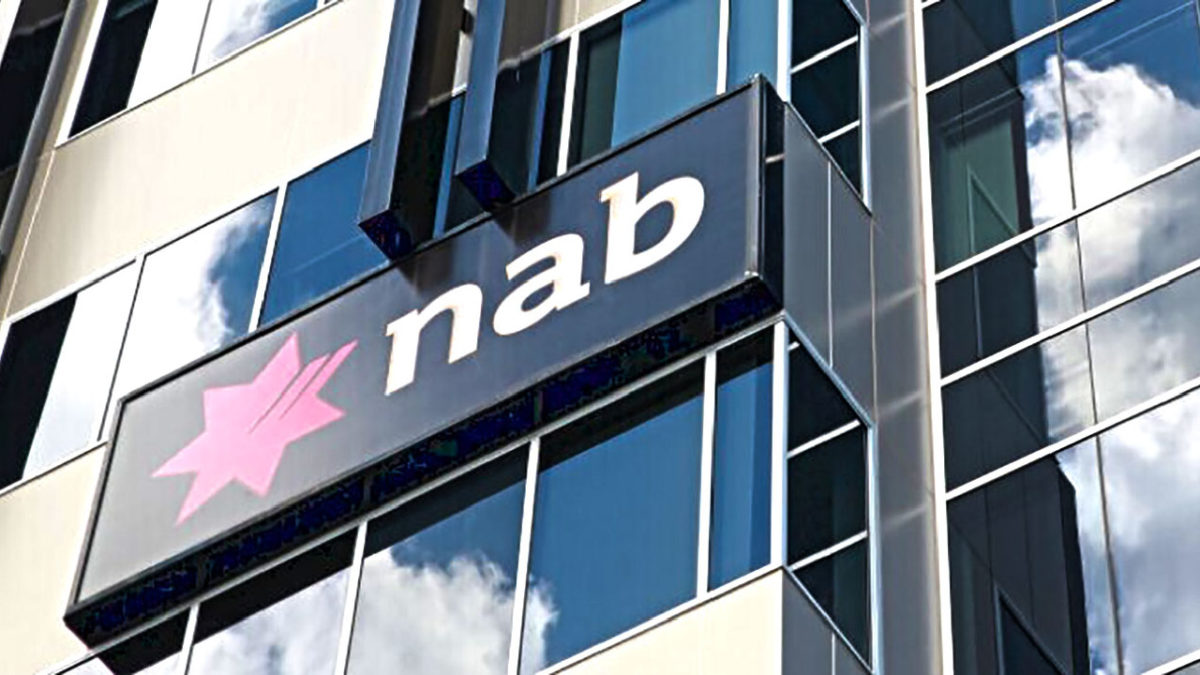NAB set to win big Qld fund business
NAB Asset Servicing is expected to be confirmed as the asset servicing partner of the combined LGIAsuper and Energy Super following competitive pitches between the incumbents of both funds. Thomas Murray was adviser to the new $20 billion fund.
The win is a major victory for NAB Asset Servicing (NAS). It is the biggest contested super fund contract won under John Comito, who was appointed executive general manager of NAS in April 2016. He has been with NAB for about 25 years. And it is the largest won against J.P. Morgan in at least 10 years. J.P. Morgan regained the mantle as the biggest asset servicing provider in Australasia, from NAB, in 2017.
NAS has had a rough time both holding onto and winning clients since it was put up for sale by the bank in 2014. NAB had previously tried to do deals with J.P. Morgan (called “project Mexico”) in 2006, followed by State Street and its former global custody partner BNY Mellon around 2009-2010.
Notwithstanding all proposed deals coming to nothing, apart from BNY Mellon being replaced by Citi, and considerable reinvestment in the business by its parent, the ownership issue has tended to linger on clients’ minds.
In the meantime, the custody market has evolved to include more and more value-add services from the backoffice through the middle and front offices of super funds and managers. This has had the bonus for both sides of both widening and deepening their partnerships.
While not commenting on the LGIA/Energy asset servicing contract, Kate Farrar, who was named last week (March 8) as the anointed CEO of the merged fund, said: “The relationship with our asset servicing partner is incredibly important for the fund. LGIA has been with J.P. for about 12 years and that has been very valuable for us as the fund has grown.”

Farrar, the current CEO of LGIA, is thought to have been active in the recent asset servicing assessment process, which is now occurring more frequently with CEOs due to the increased importance and complexity of the services involved.
Adding to the sweetness of its win, NAB lost out to J.P. Morgan in LGIA’s last major merger – that with the $1-2 billion City Super, a super fund for Brisbane City local government workers – in 2010 (see separate report on Farrar’s strategy this edition).
Energy Super, representing an industry which Farrar knows well from previous senior executive positions, manages about $7.5 billion on behalf of 50,000 members and LGIA about $13 billion for 125,000 members.
None of the parties involved in the asset servicing deal would comment last week, but because of the schedule required by the merger NAS has already started work on detailed modelling for the asset transfers. LGIA is the successor fund for regulatory purposes.
Most managers have also been informed, the most important for these purposes being Parametric, the specialist implementation manager. LGIA has been an important user of Parametric’s tax-managed centralised portfolio management (CPM) service, whereby the firm implements the stock orders from the managers, thereby enhancing net performance at the fund level.
It is understood that NAS’s good track record in amalgamations and other asset transfers over the years was a consideration for the funds, which are set to go live together on July 1. In particular, the experience NAS has had with fellow Queensland-based client, Suncorp, in the past year or so would have stood it in good stead.
NAS initially lost the Suncorp business after a review but regained it even before a new contract could be drawn up when it was realised the other party looked like struggling with its proposed schedule.
Farrar said the choice of custodian was very important for the fund and having a single custodian was on management’s “critical path” for reaching the merger date.











